Using CBD oil in Massage Therapy
- Dan Stephens MCHP FFHT
- Jul 10, 2019
- 7 min read
Recently, the world of Complementary and Alternative Medicine (CAM) is buzzing with talk of Cannabidiol (CBD). Therefore, the question we must ask ourselves is this - is this simply another health fad and a 5 minute wonder, or is there really something to it? In all honesty, in my opinion, it’s a bit of both.
Now, before we look at whether CBD use is as amazing as some people claim, or whether in fact the majority of these claims are unsubstantiated rubbish, we should look at how it is being used. Currently, the most common way of using CBD is internally. This is done by putting a couple of drops of CBD oil under the tongue and allowing it to be absorbed sublingually. This method is quite effective at getting the chemical constituents into the bloodstream quickly and thereby allowing the herbal medicine to take effect.
There are a variety of strengths of CBD oil and each is suited to the treatment of different issues. For example, one company I use has 5 different strength oils:
In every company, these will vary in price DRAMATICALLY reflecting the concentration of the individual product. You really need to be aware of what you need so you don’t end up wasting money unnecessarily.
Another way of using CBD is topically. It has been under debate as to whether or not there is any point at all in using this method. The questions posed include: Does the CBD actually get into the body through the skin? Will it have any effect? I would like to give you an anecdotal example of how effective topical application was in a product test. With the cooperation of a very sceptical gentleman of my aquaintance, I suggested he try using a balm to determine if it might help with the pain from his advanced arthritis which had rendered his hands continually painful and often immobile. Having tried unsuccessfully, a great number of prescribed medications, he was only too happy to try something new, though didn’t believe anything natural could help him as it did not come with the assurance of a doctor or prescription (I’m sure you all know someone like this)! Working on the basis that it is better to start small and work through differing strength products to determine how little or much is effective in each individual case, I provided him with a low concentration blended balm containing both CBD and some complementary essential oils of my own choosing. Expecting very little difference in the next few days, we were astonished to find the next morning i.e. just 10 hours later, that his joint pain had diminished to a low level not felt for several years and even more surprisingly, the swelling was visibly reduced and his flexibility and dexterity greatly increased. Dispite his reservations, I had undeniably opened his mind to the possibility of natural products improving his quality of life. He continues still to use the same blended balm and has never required the concentration of CBD oil to be increased.
It feels pretty awesome when someone is helped and therefore converted by natural healthcare that we, as CAM therapists provide!
Now, to begin to answer the question of CBD’s validity in treatments, let’s look at the fad aspect first. Like so many other things, CBD has caught on quickly and become the newest cure-all. Over the last couple of years, I’m sure you will have seen or heard the phrase “there’s an oil for that”, usually said by someone with no qualifications in the use of essential oils declaring they can fix everything and anything. Well, just like that, CBD has been touted as this amazing fix for everything from cancer to PMS. It is great, but it alone can’t fix everything that could possibly ail you!
Cannabis as a whole has some truly amazing benefits. To date, in the USA, it has been used medicinally to help those with epilepsy, cerebral palsy, those going through cancer treatments as well as depression and anxiety issues. In this video (click on the link to view) you watch as a gentleman dealing with the extreme effects of Parkinson’s disease uses a small amount of Cannabis extract. The change is almost unbelievable. But you must remember that this shows therapeutic use of a cannabis extract not CBD. CBD products, especially in the UK, do not contain some parts of the chemistry we normally associate with cannabis primarily, the psychoactive parts in particular are missing.
Some say this is a good thing as not all people want to get high as well as be on the wrong side of UK law, and I agree that this should be an individual’s choice, but THC (and its various precursor chemicals) are also cannabinoids with their own beneficial effects. THC is the phyto-cannabinoid (phyto-from plant) that is being studied most as the constituent that may be helpful in cancer patients. Current studies suggest that it may have some anti-carcinogenic properties. It is also the most useful constituent for appetite increase for those on medication causing symptoms of nausea. All good things, yet this is removed (or just not ever even present to begn with if the CBD product is made from industrial hemp).
Now we know that we can be reasonably confident the CBD hype isn’t all snake oil salesmanship, we should look at how it works in the body. This particular area of science is in its infancy. The endocannabinoid system was discovered in the 1980’s; yes, unbelieveably, this is 30+ years ago, but in the scientific world this timeframe is nothing at all. This internal system affects basically every part of our body, from inflammation to brain chemistry, emotional stability to chronic diseases. It can be implicated in almost all human diseases. When it has so many interactions within the body you can see why there is a lot to study! We are still unsure how many Endocannabinoids there are or exactly how they work and precisely what they affect. Clearly, there is so much still left to learn and we can currently only speculate as to what amazing discoveries await us in time.
What we do know about the endocannabinoid system is that is works through 2 receptors: CB1 and CB2. CB1 receptors are mainly found in the brain and central nervous system while CB2 receptors are in the rest of the body but mainly the gut and immune system.

When you look at the locations of these receptors, you may be able to tell what (in very general terms) they effect. CB1 receptors may play a part in emotional areas, the receptor and its variations have been linked to happiness by this study: Genetic variations in the human cannabinoid receptor gene are associated with happiness. The CB2 receptors on the other hand are found in the immune system and gut, and have been linked to inflammation and immunomodulation. The CB2 receptor and its role as a regulator of inflammation shows this.
As well as the standard cannabinoids found in cannabis, there are also many more chemical constituents that will be quite familiar to aromatherapists. These chemicals include pinene, myrcene, limonene, linalool and caryophyllene to name but a few. Each of these will also have therapeutic effects on the body as indeed they do when other essential oils are used. The way all the chemical constituents work together and boost each other is fascinating. As aromatherapists we would call this the plants synergy, cannabis/CBD enthusiasts call it the entourage effect. Did you know, for example, the higher cannabis’ myrcene content, the higher a smoker will feel, even if the whole plant has less THC than another strain with a lower myrcene content? Here is a quote from Taming THC: potential cannabis synergy and phytocannabinoid‐terpenoid entourage effects, a review by Ethan Russo.
“…data would support the hypothesis that myrcene is a prominent sedative terpenoid in cannabis, and combined with THC, may produce the ‘couch‐lock’ phenomenon of certain chemotypes that is alternatively decried or appreciated by recreational cannabis consumers.”
Some of these chemicals are also known as cannabimimetics- mimicking cannabis-no, they don’t produce a high, but they do however have a similar effect on the endocannabinoid system. One big name in this area is Beta-Caryophyllene. It has even been marketed as “almost the same as Cannabis without any psychoactive effects, so it’s better!”. You may have seen this in reference to Copaiba essential oil. Sadly that statement is not true. It came from claims made by a few MLM (multi level marketing) reps, so you know the information isn’t good, in fact this is a genuine case of snake oil salesmanship. There are other plants that contain cannabimimetic properties, a good list is available for reference here with a little science and information with it too!

Currently in the UK, we are unable, as therapists, to offer topical treatment of CBD in our practice. I personally found this very frustrating and so worked with Complementary Health Professionals (CHP) to remedy the situation. If you want to learn more about CBD and its use in massage treatments, I have written a basic online CPD course for therapists, accredited by CHP and is accepted by Holistic Insurance Services (CHP's discounted insurance provider). This would allow you to offer CBD as part of your practice, possibly increasing your potential customer base!

This online class is available at www.naturalbalanceholistics.co.uk/cbd. As it is accredited, it does come with coursework for you to complete and be assessed by me in order to achieve certification, or you can do the course without certification if you want, but it will not be covered by insurance. Certification offers you 6 CPD points. The cost of this course is £100, it is totally online and so you can take it at your own pace. You have up to 6 months to complete from the day you sign up to complete coursework.
Dan Stephens is a complementary therapist and tutor based in Thetford, Suffolk. You can email him at naturalbalanceholisticsuk@gmail.com


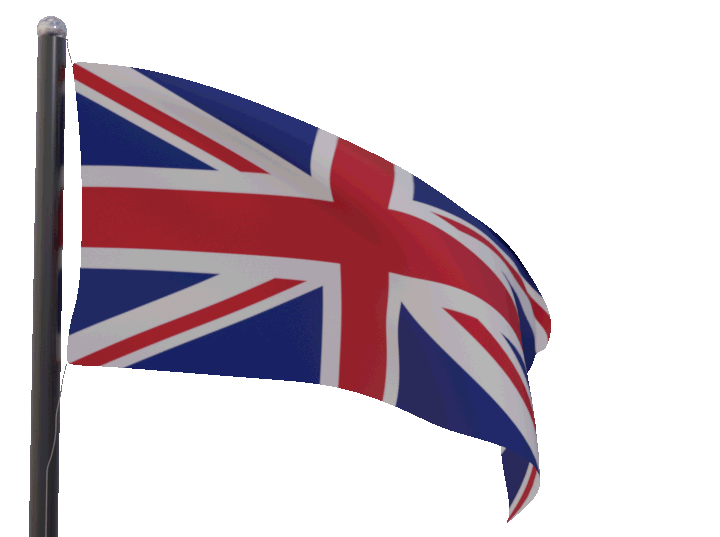








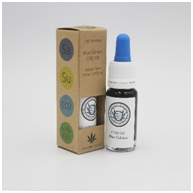
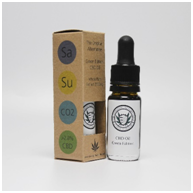
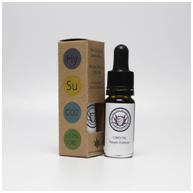
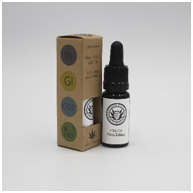
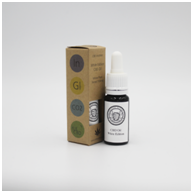











































Comments